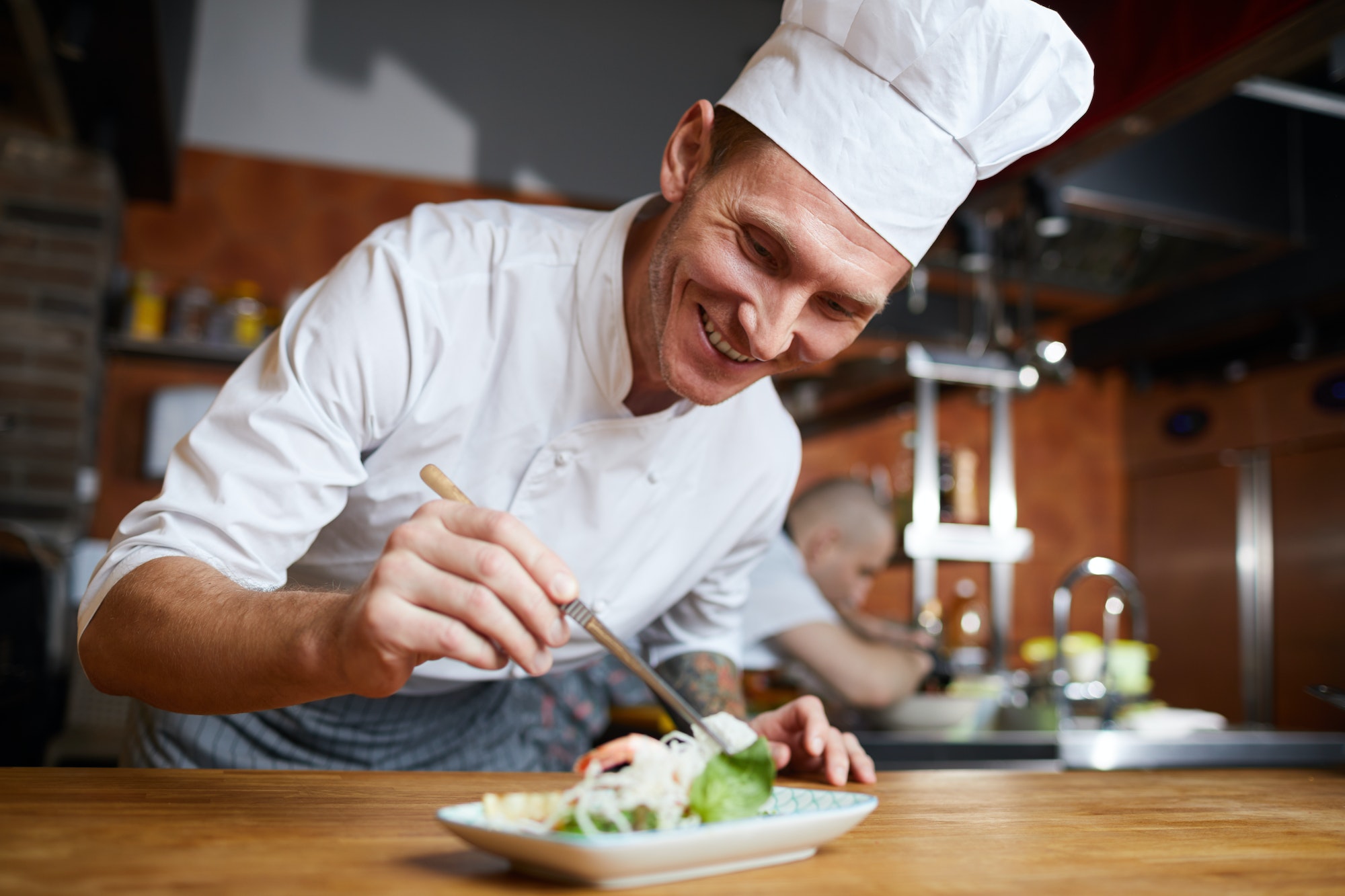The art of plating is an essential skill for any aspiring gourmet chef or host. Creating height and dimension on the plate not only enhances the visual appeal of a dish but can also elevate the overall dining experience at your next dinner party. With some thoughtful planning and a few creative techniques, you can transform even the simplest main course into a stunning work of art.
The Importance of Height and Dimension
Incorporating height and dimension into your plating adds depth to the presentation and makes each dish more visually appealing. This can make a significant difference in how guests perceive the taste and quality of the food. A well-plated dish invites diners to explore its flavors and textures, creating anticipation before they even take their first bite.
Techniques for Creating Height and Dimension
- Layering: One of the simplest ways to add height to a dish is by layering ingredients. Start with a base layer, such as a bed of pureed vegetables or a pool of sauce, then build up with additional components. For example, place a seared fish fillet atop a mound of creamy mashed potatoes, then top with a colorful salsa or slaw for added texture and visual interest.
- Stacking: Building vertically is another effective way to create height on the plate. Stack ingredients to form towers or pyramids, using sturdy items like roasted vegetables or thick cuts of meat as the foundation. Be mindful of balance and stability when stacking; you want your creation to stand tall without toppling over.
- Slicing and Shaping: Cutting ingredients into uniform shapes or thin slices allows you to arrange them in visually appealing patterns on the plate. Try fanning out slices of roasted meat around the edge of the plate or arranging vegetables in geometric designs for added intrigue.
- Garnishing: Garnishes not only add color and flavor but can also contribute to height and dimension on the plate. Sprigs of fresh herbs, edible flowers, and microgreens are just a few examples of garnishes that can provide a finishing touch to your main course.
- Using Molds and Rings: Molds and rings can be used to shape ingredients into compact, uniform servings that add height and structure to the plate. For example, use a ring mold to create a neat stack of risotto or quinoa, then carefully remove the mold to reveal a professional-looking presentation.
Creative Presentation Ideas
- Deconstructed Dishes: Breaking down a dish into its individual components and presenting them artfully on the plate allows diners to appreciate each element separately. This can create visual intrigue and encourage guests to interact with the food in new ways.
- Painting with Sauce: Instead of simply spooning sauce over the main course, consider using it as an artistic medium. Use squeeze bottles or brushes to create swirls, dots, or other designs on the plate that complement the dish’s flavors and colors.
- Playing with Color: Incorporating colorful ingredients into your main course can make for a visually striking presentation. Experiment with different hues and shades by using vibrant produce, fresh herbs, and boldly colored sauces.
- Asymmetry: While traditional plating often emphasizes balance and symmetry, playing with asymmetry can create an eye-catching presentation. Try arranging ingredients off-center or in irregular patterns for a more modern look.
- Negative Space: Leaving areas of the plate empty can draw attention to the main course and create a sense of elegance. Be intentional about where you place each ingredient, allowing for ample negative space to highlight your culinary creations.
With these techniques and ideas in mind, you’re well on your way to creating stunning main courses that will impress your guests at your next gourmet dinner party. Remember that practice makes perfect – don’t be afraid to experiment with different plating styles and techniques until you find your unique artistic flair.

